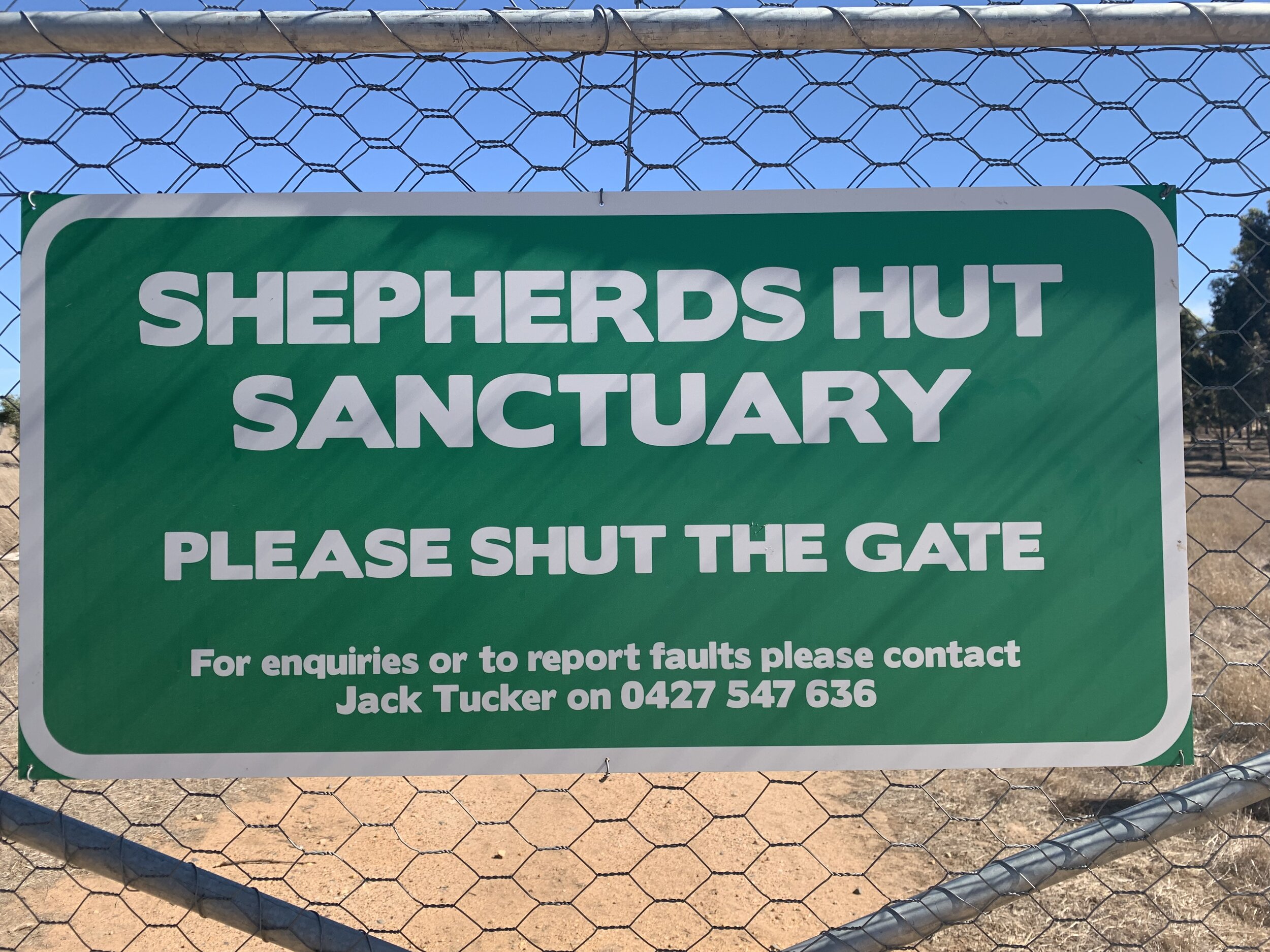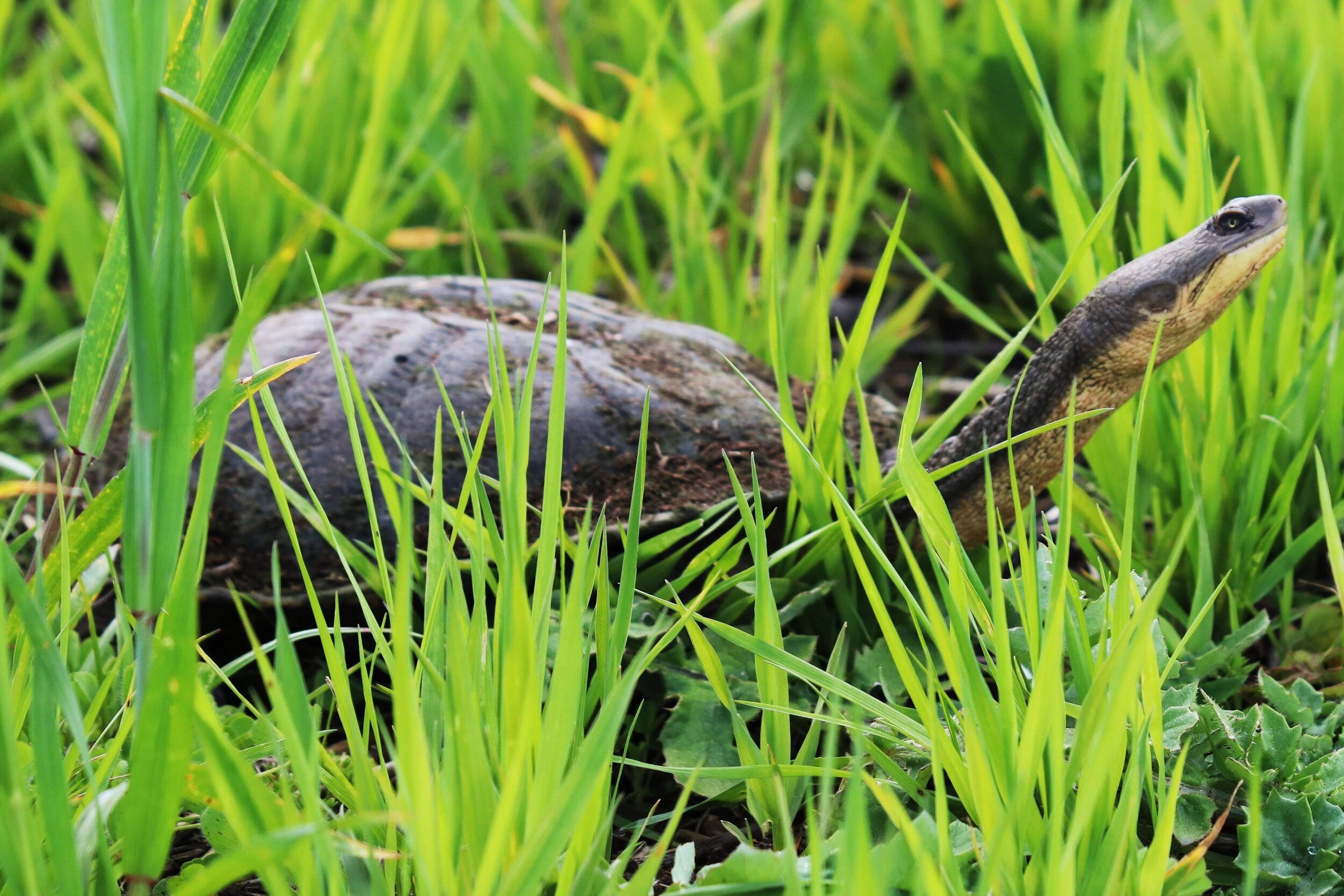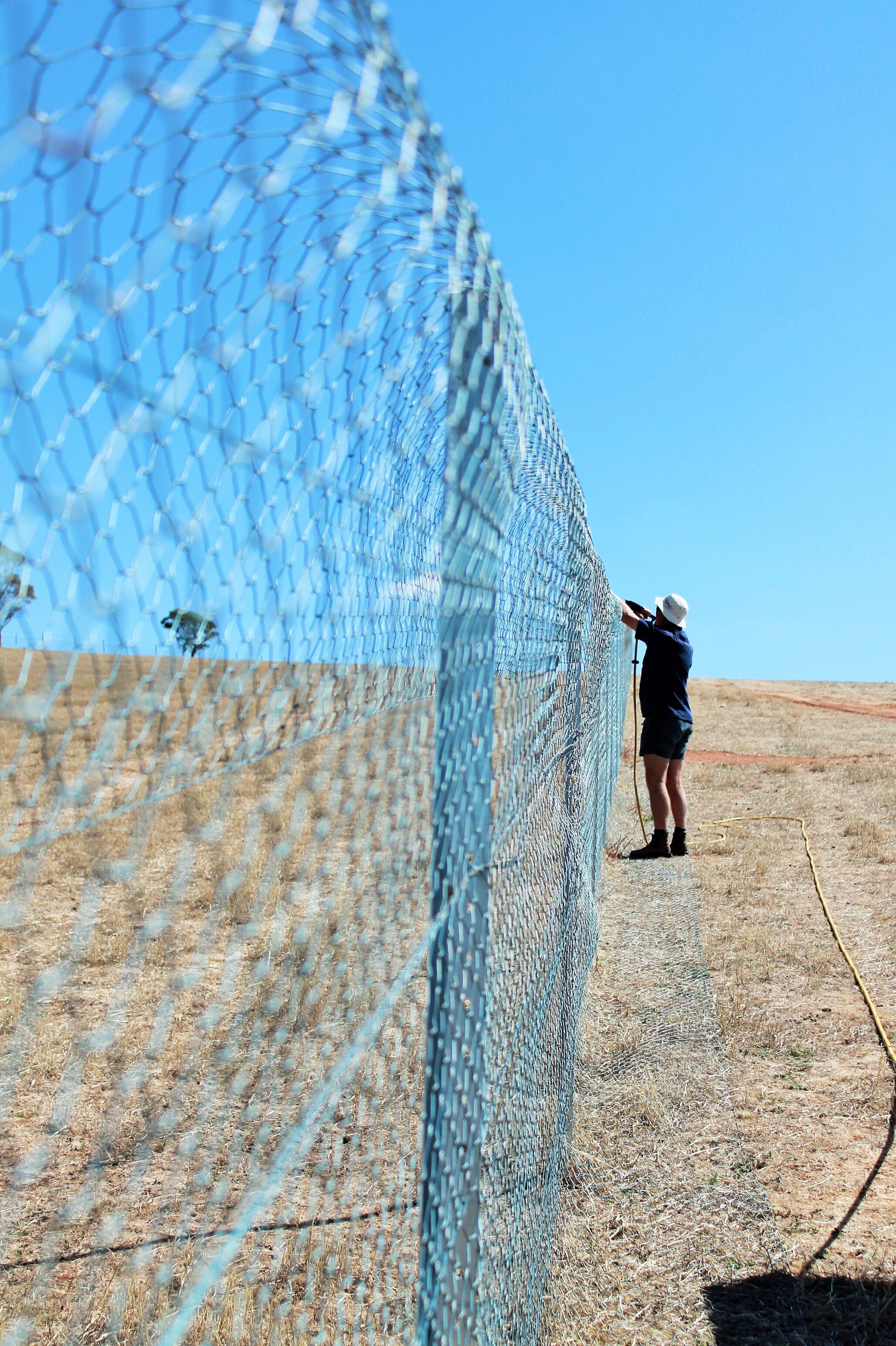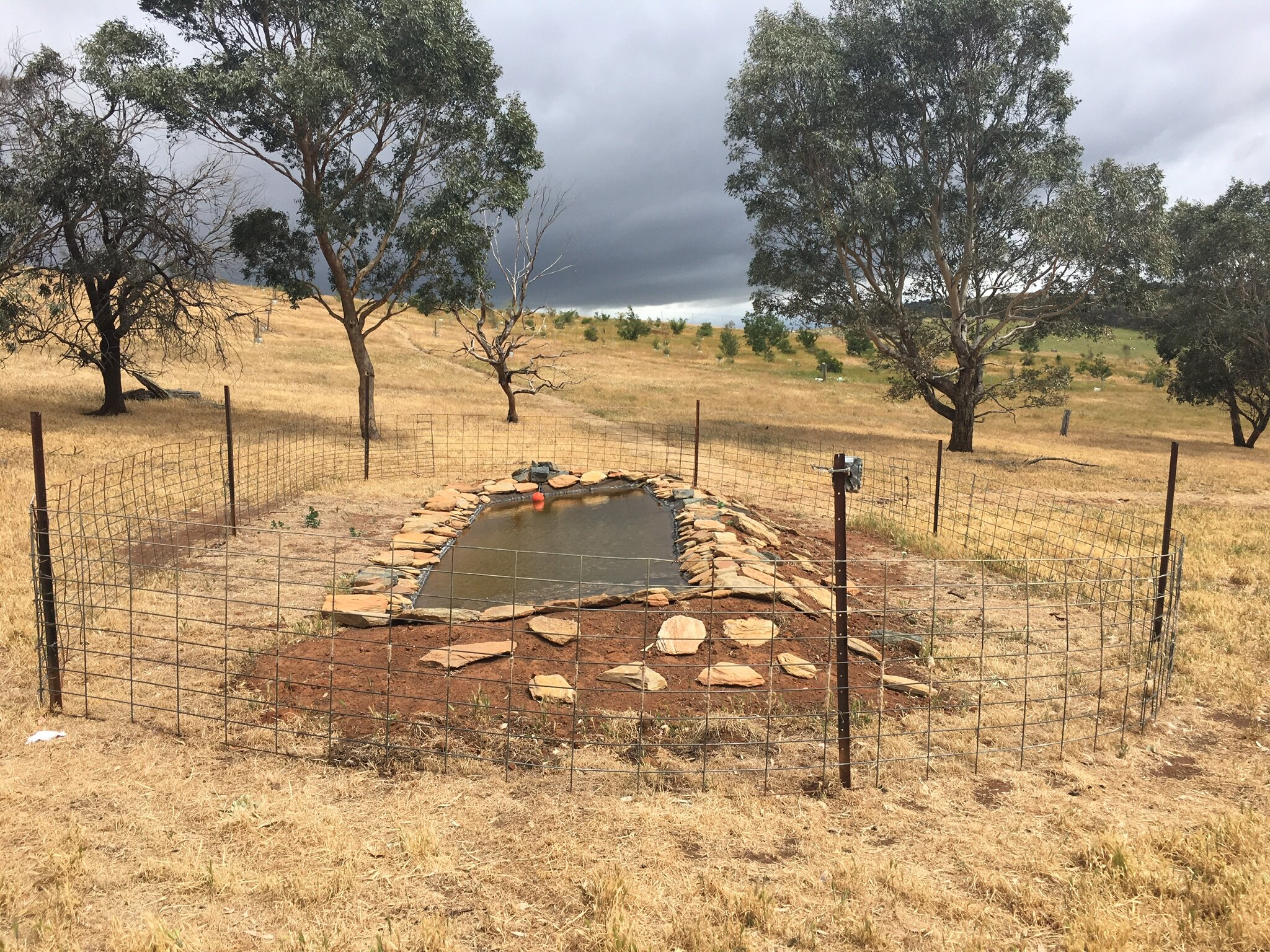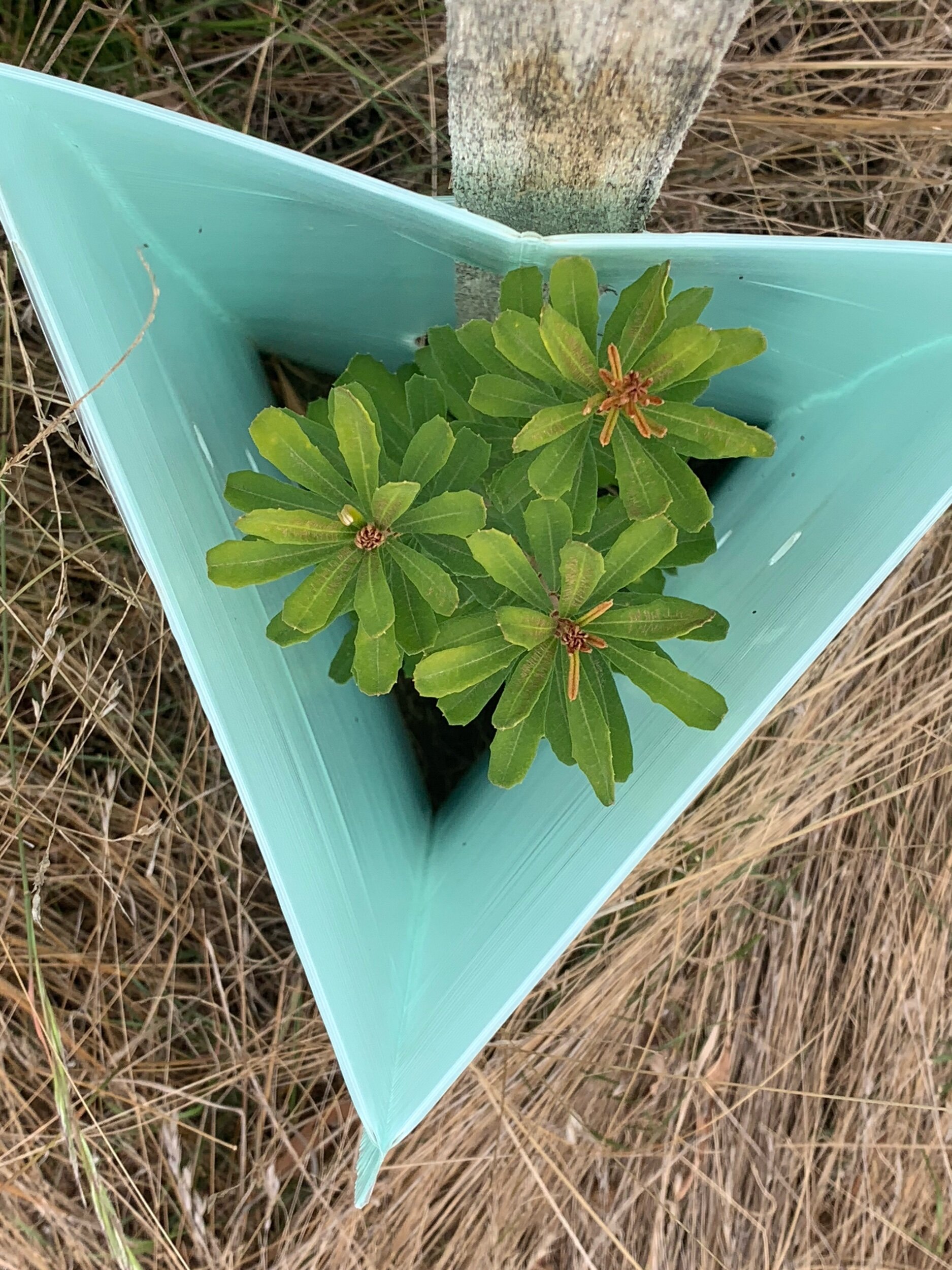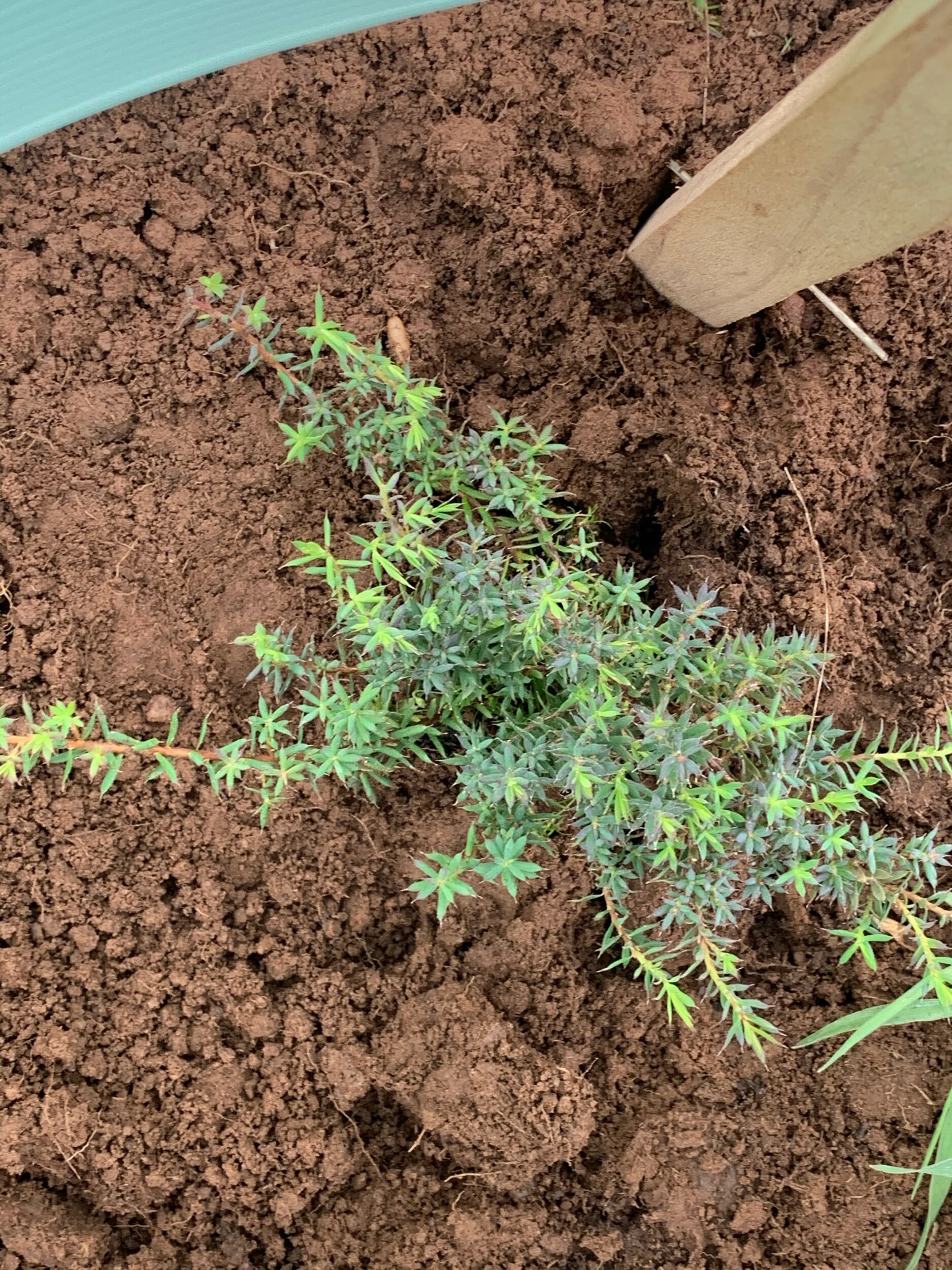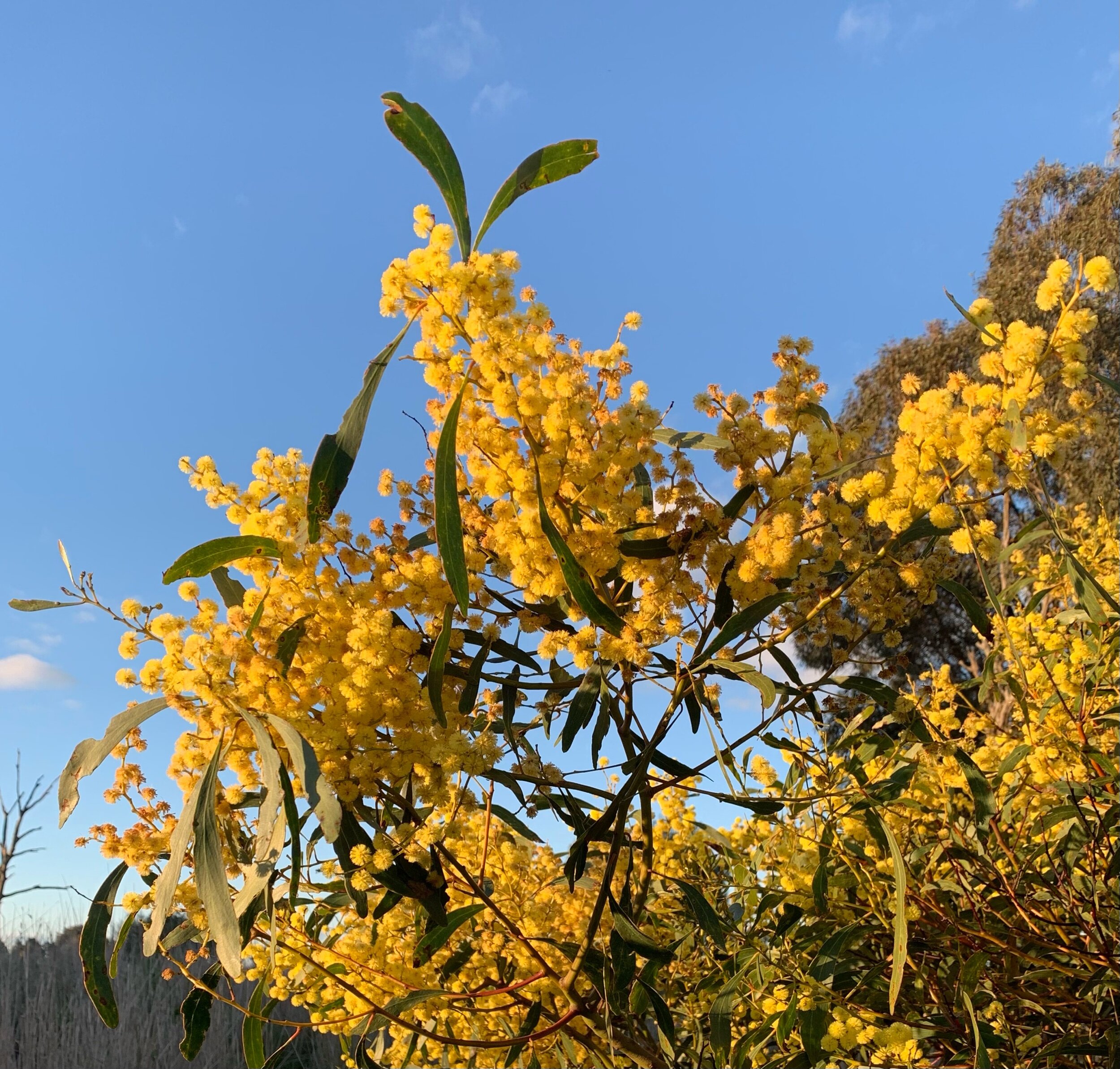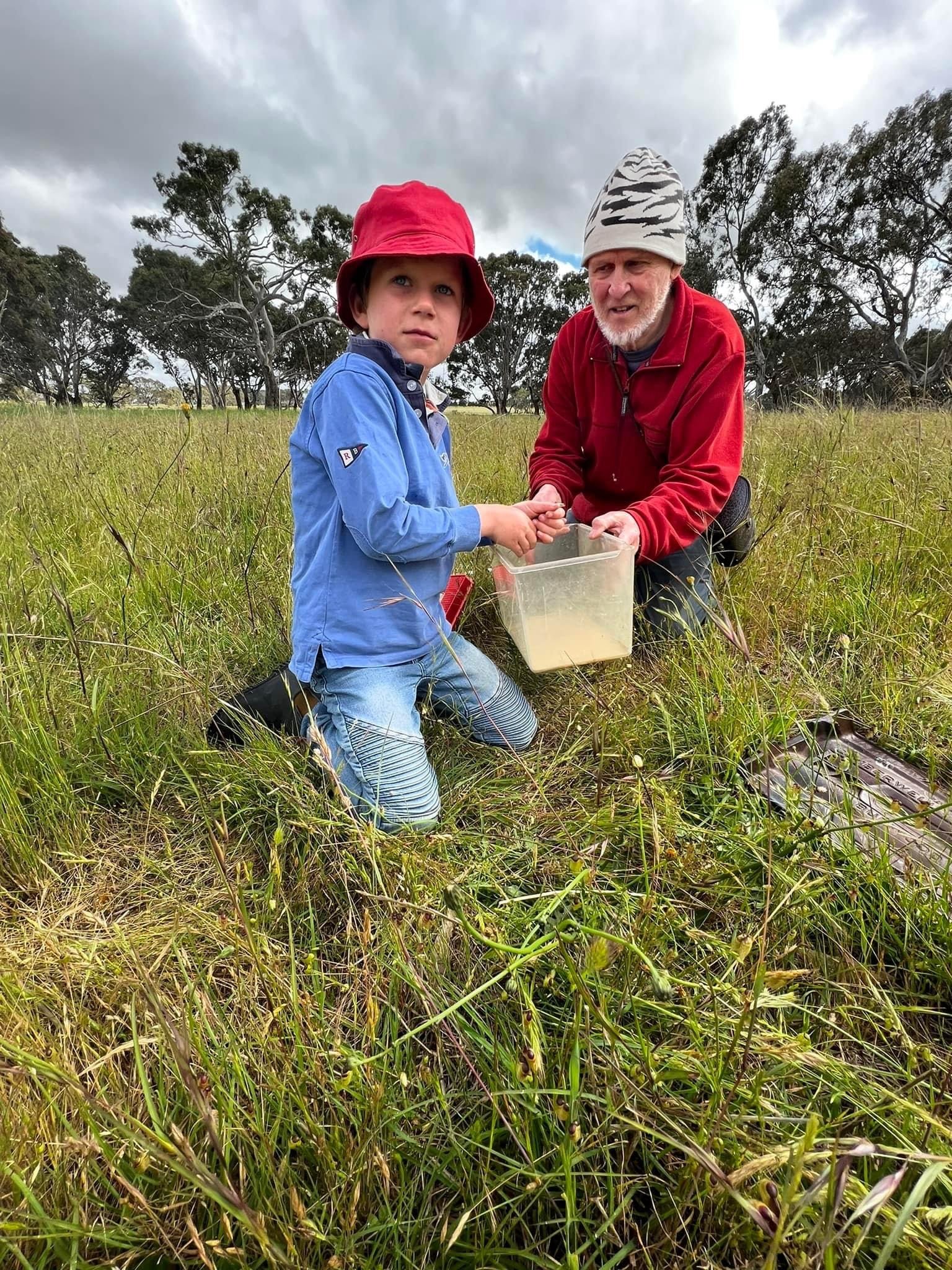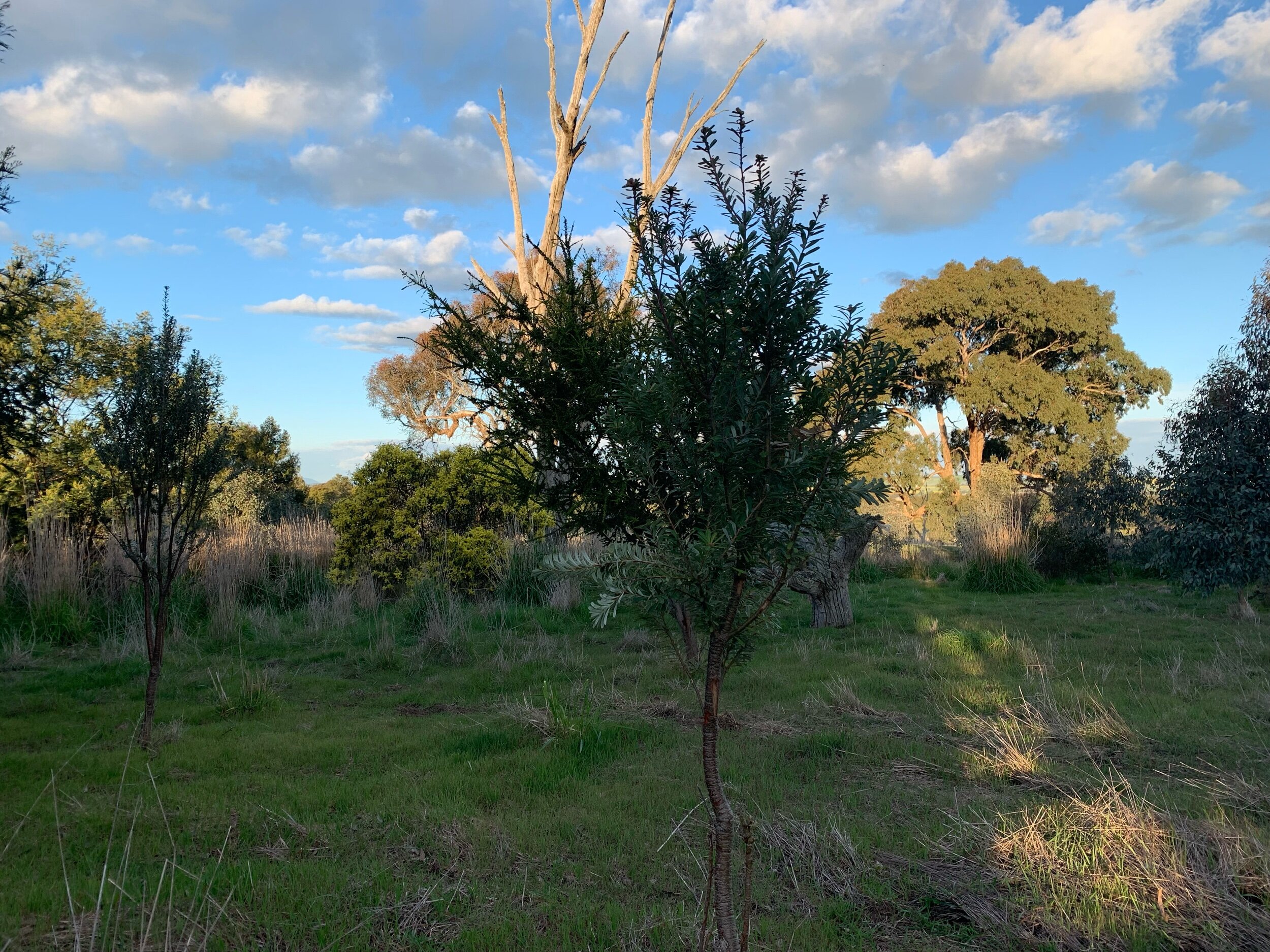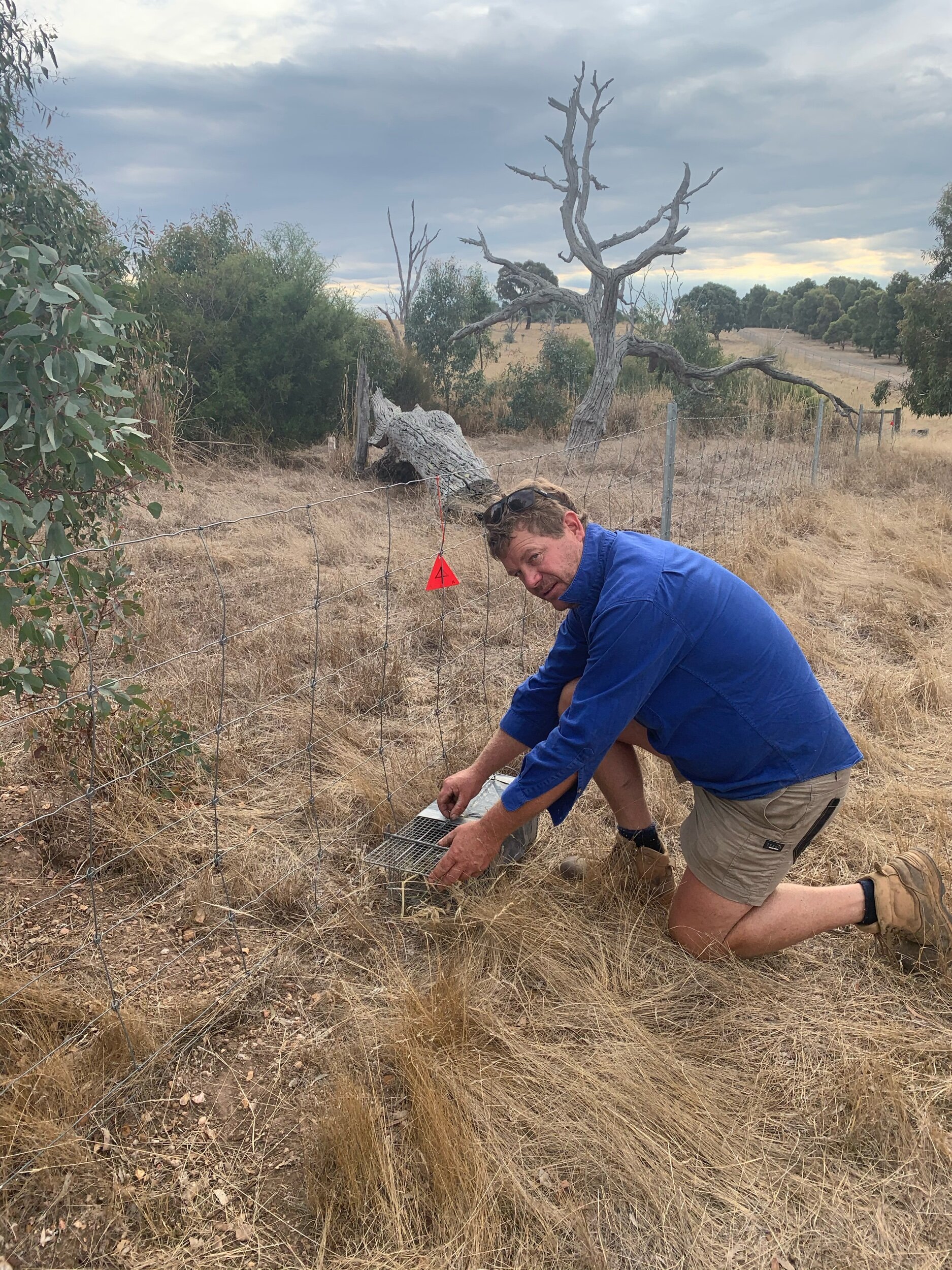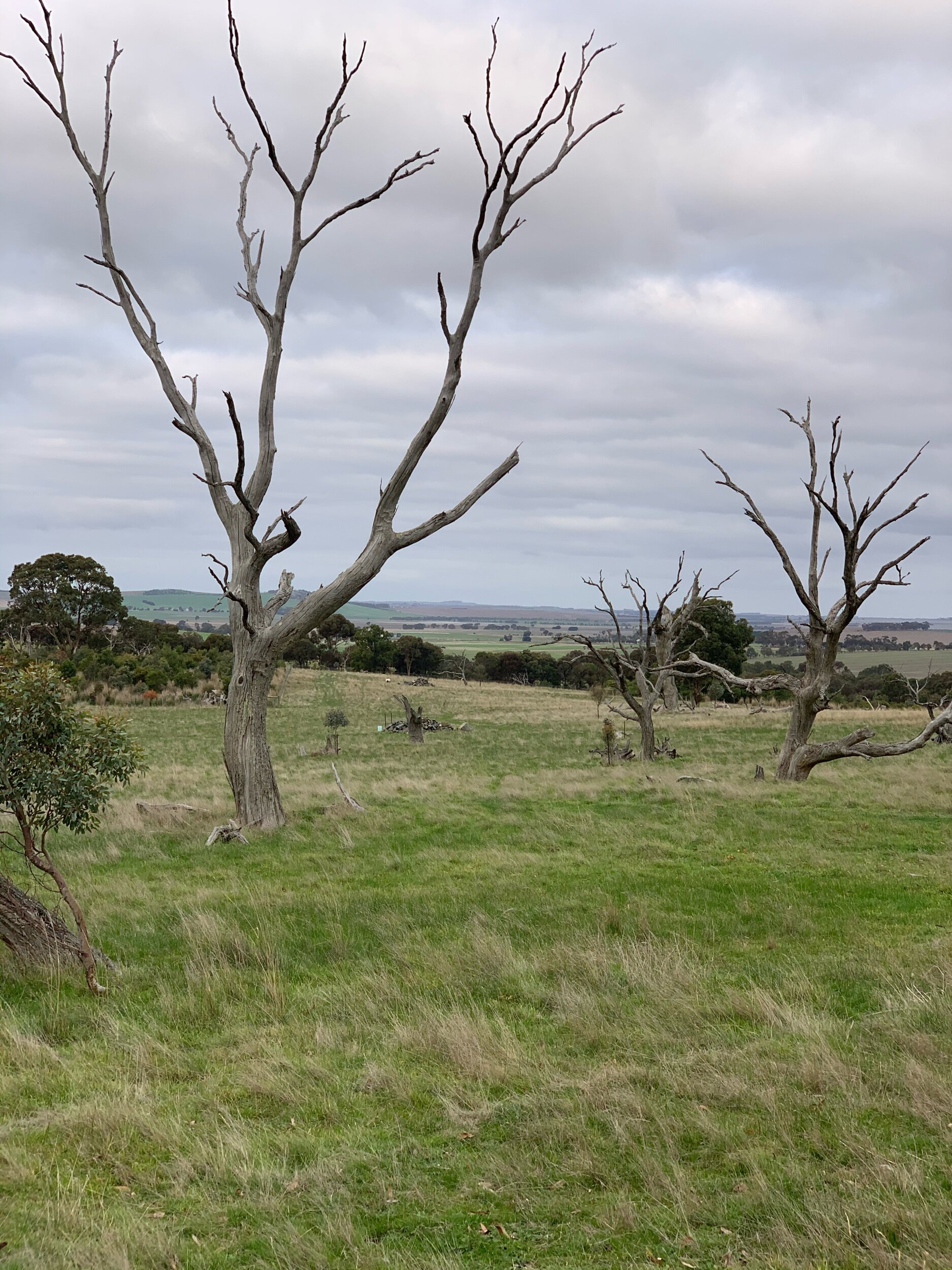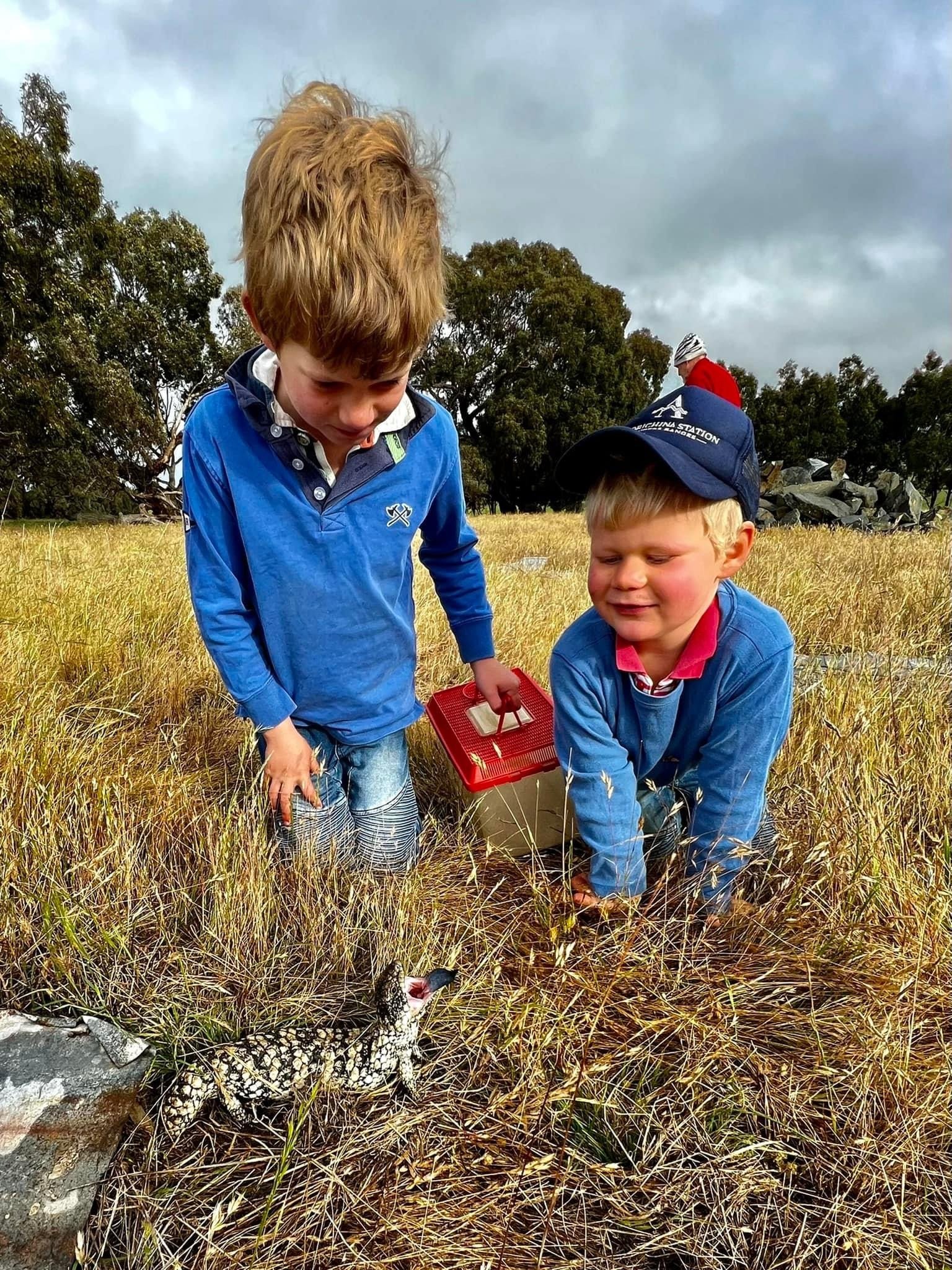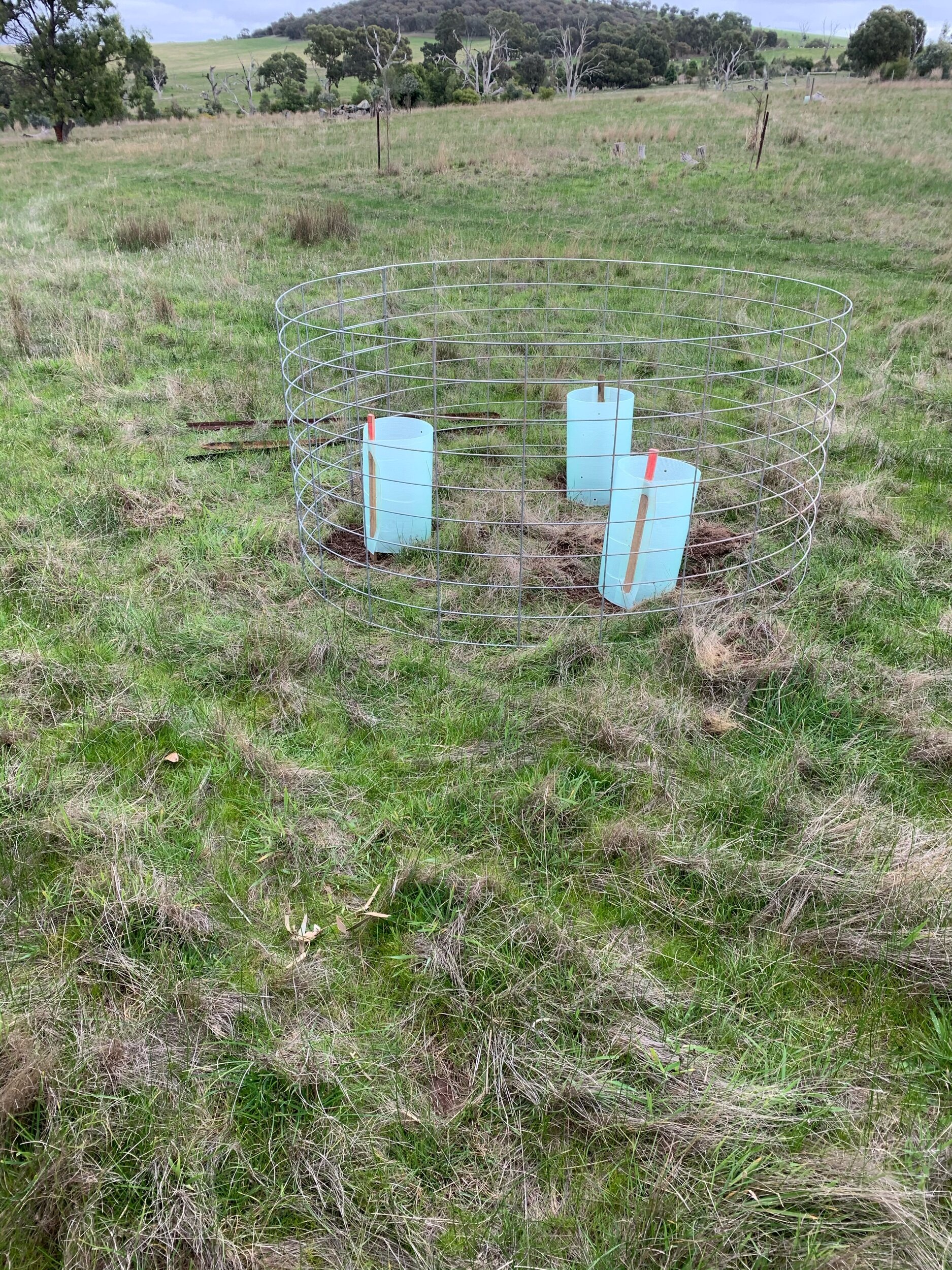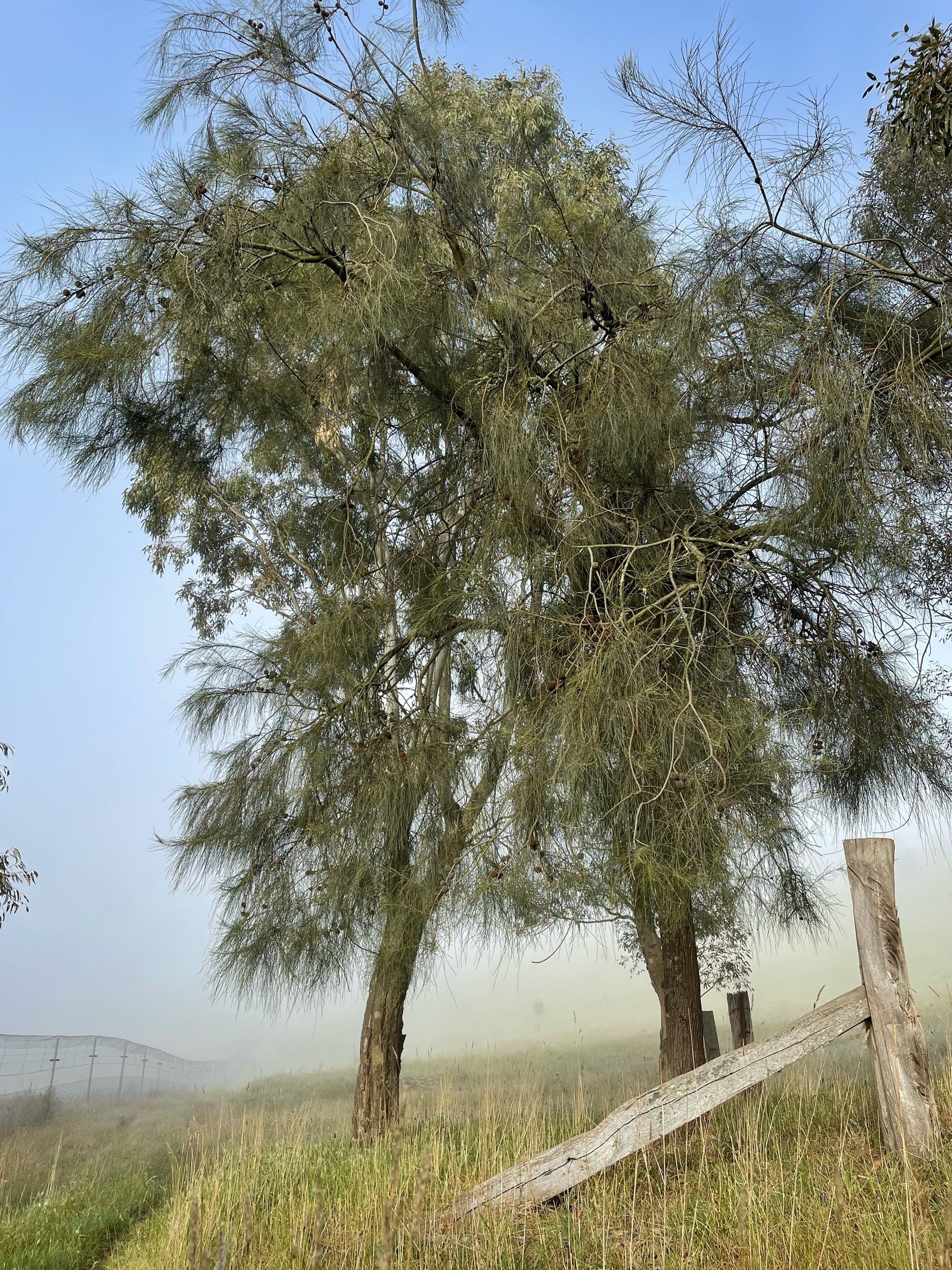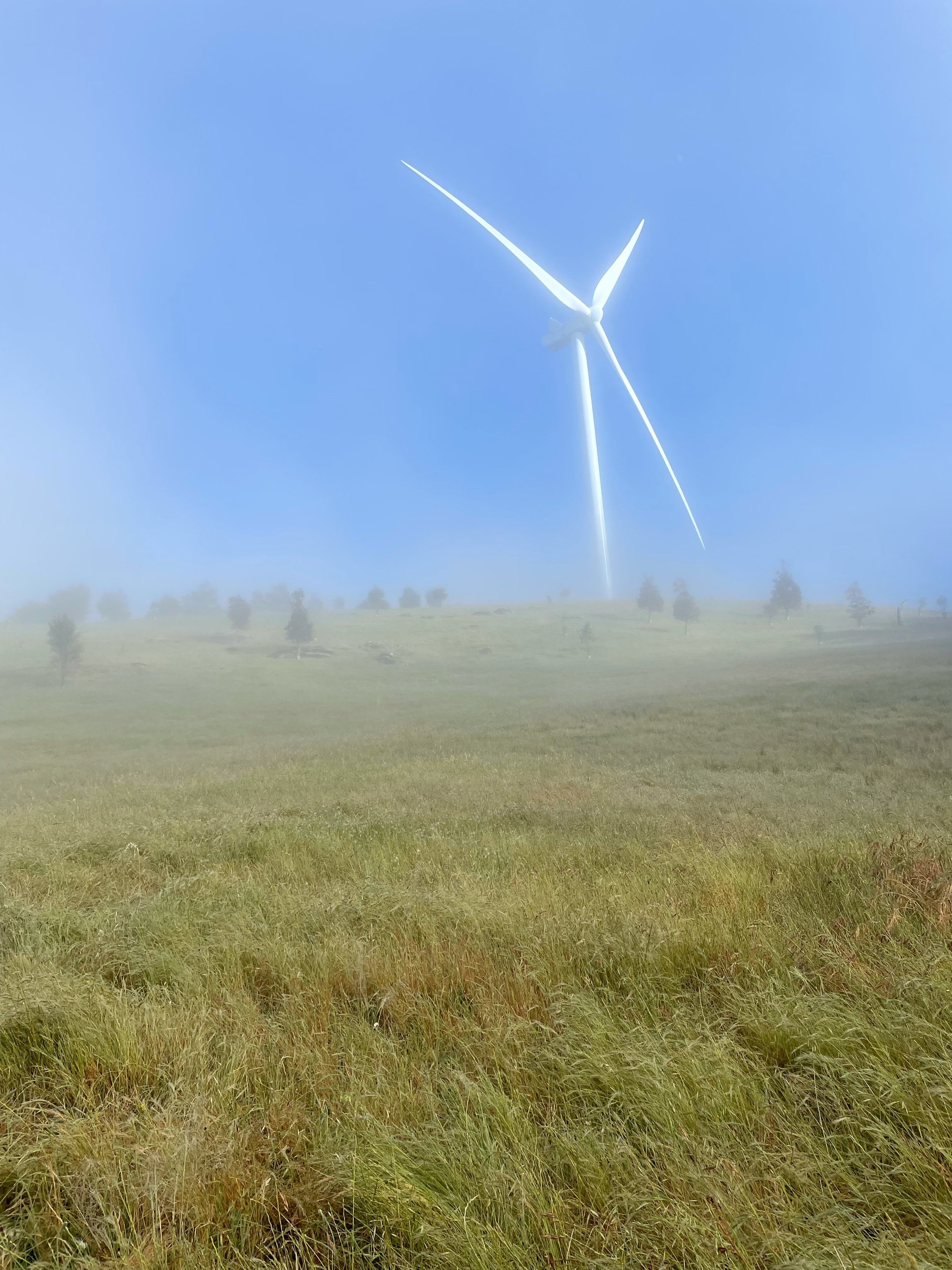Shepherd’s Hut Sanctuary Educational Fact Sheets
River Bend Ecology strives to connect community with natural ecosystems. Dr. Ayesha Burdett and W. Howard Brandenburg conduct scientific research and monitoring in Southwestern Victoria, focusing on freshwater systems. They also design and create innovative science education products that incorporate data visualisation and scientific illustration.
One of our goals for the Sanctuary is to contribute to ecological research and education. We endeavour to achieve this by welcoming interested community members to visit the Sanctuary as a way of exchanging knowledge and showcasing how conservation and production outcomes can be achieved collectively on a working farm.
It is not possible for everyone to visit us so we recently engaged River Bend Ecology to design and create educational fact sheets that reflect how and why we created the Shepherd’s Hut Sanctuary and some of the species that are benefiting from these efforts as a result.
We are thrilled to be able to offer access to 8 different fact sheets cleverly designed and illustrated by Howard at River Bend Ecology. They are not only really informative for all ages and stages but are full of beautiful illustrations. Click on the links below to access them, we hope you enjoy viewing them and learn something interesting!
Shepherd's Hut Sanctuary giving back to country
Predator proof fence
Eucalyptus melliodora (Yellow box)
Delma impar (Striped legless lizard)
Isoodon obesulus obesulus (Southern brown bandicoot)
Falco berigora (Brown falcon)
Rattus lutreolus (Eastern swamp rat)
Litoria raniformis (Growling grass frog)


